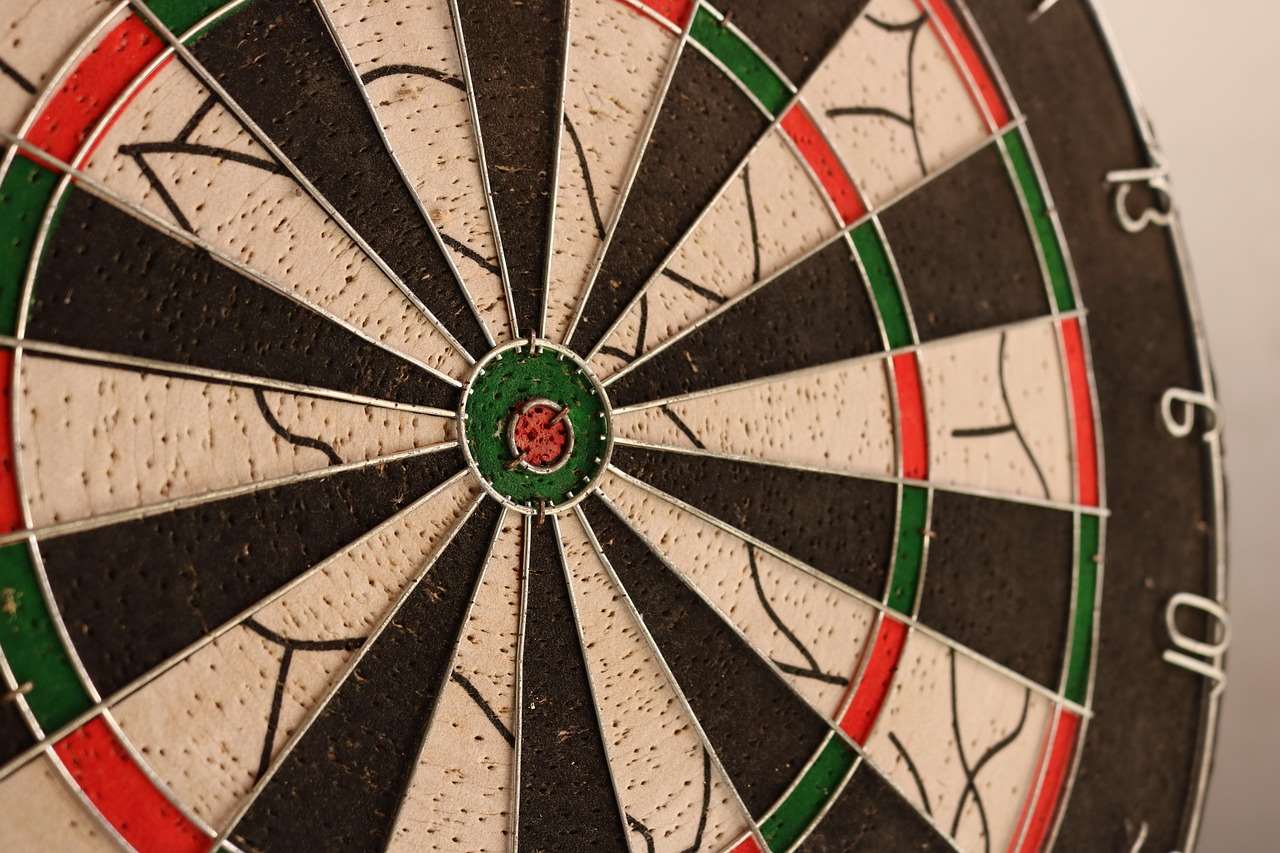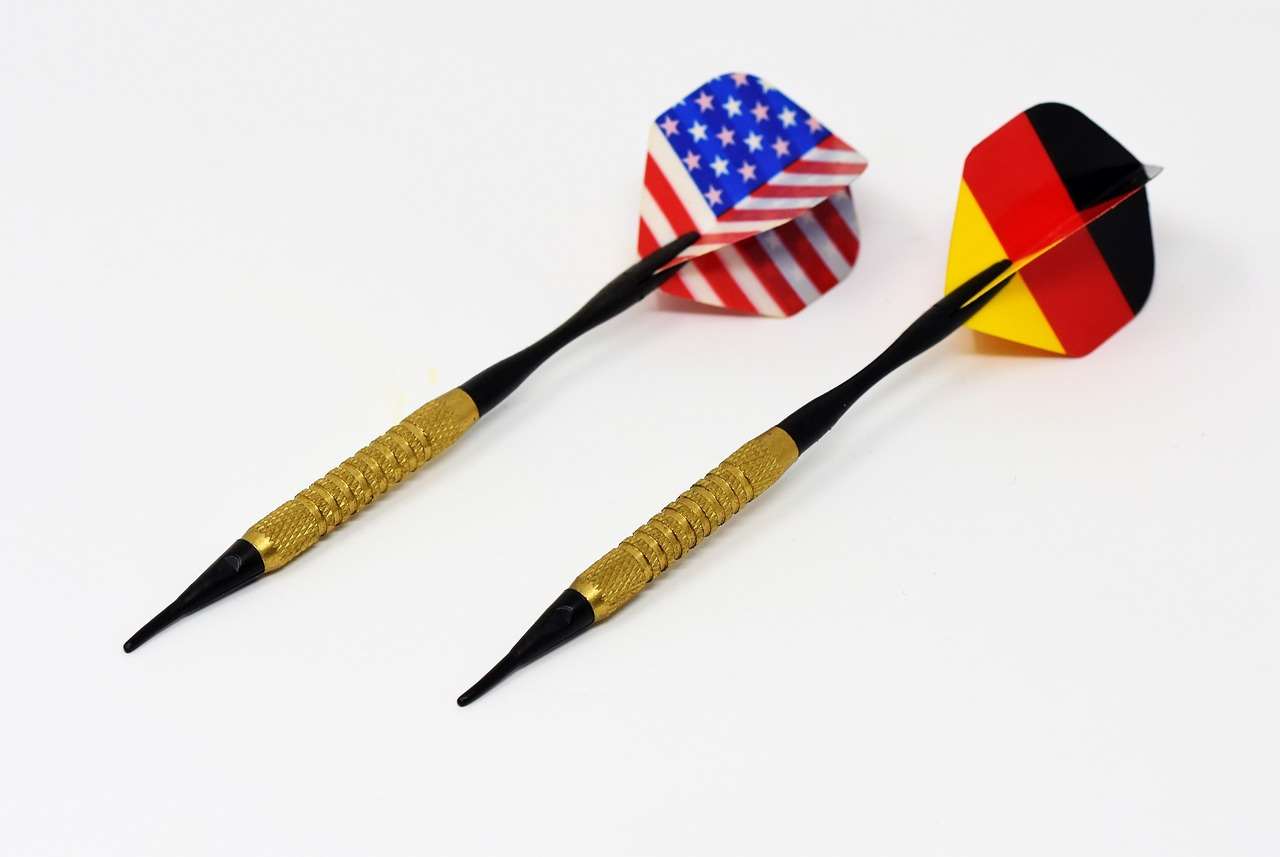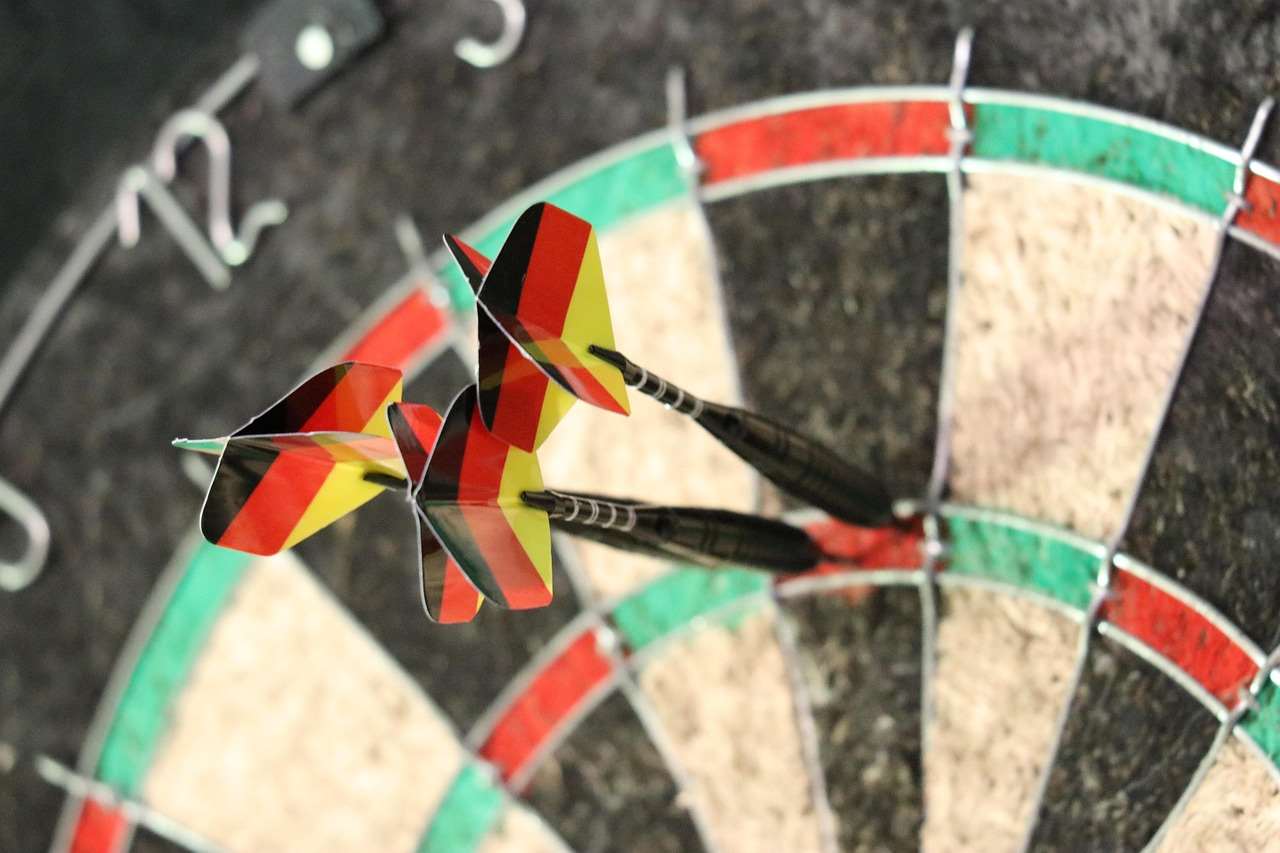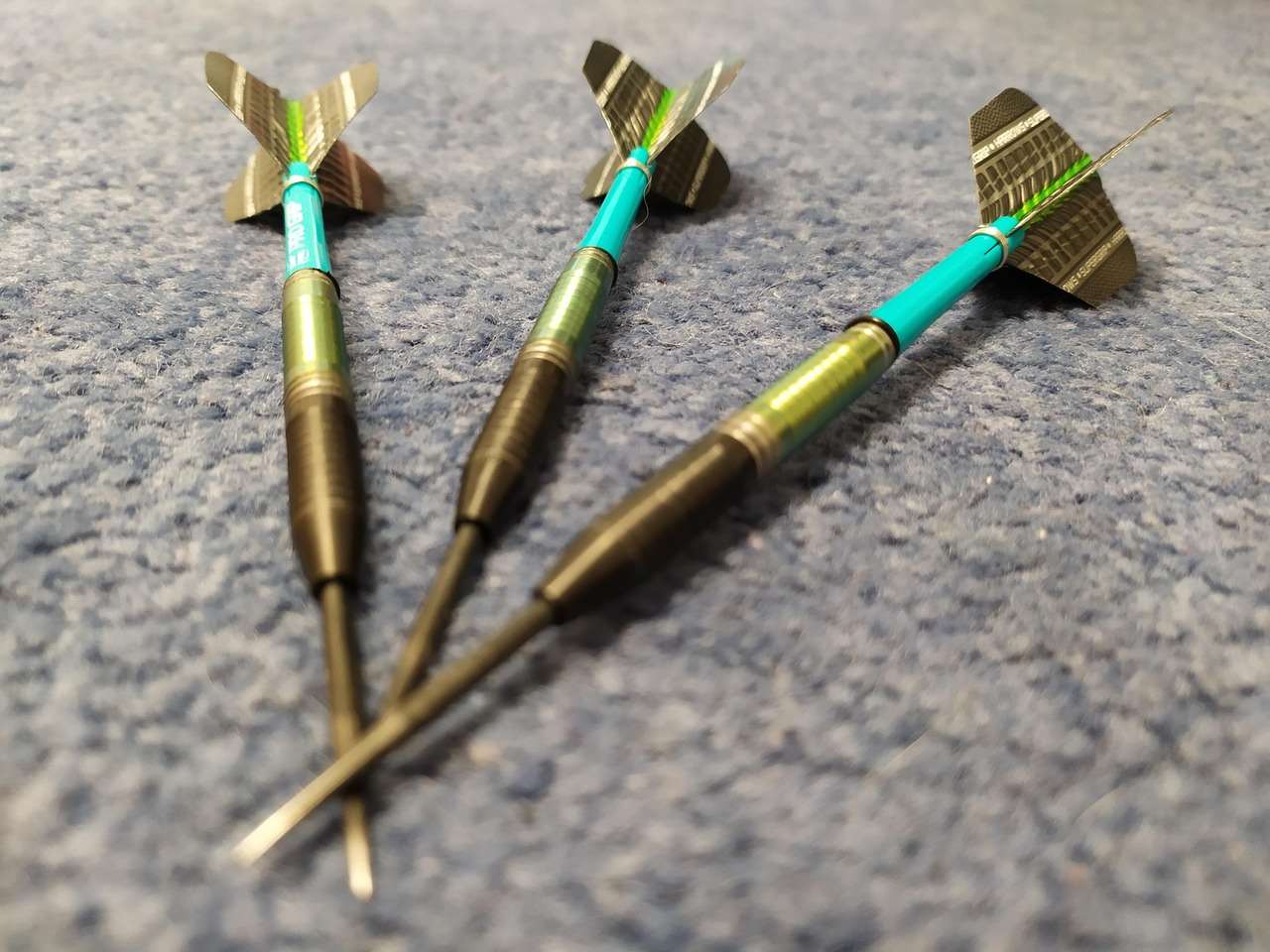Mastering your stance darts is fundamental to consistent accuracy; it’s the foundation upon which every throw is built, directly impacting your balance, alignment, and ultimately, your score. This article will guide you through the various stances, helping you discover which one best suits your body type and throwing style, as well as providing tips and drills to improve your stability and precision.
⚠️ Still Using Pen & Paper (or a Chalkboard)?! ⚠️
Step into the future! The Dart Counter App handles all the scoring, suggests checkouts, and tracks your stats automatically. It's easier than you think!
Try the Smart Dart Counter App FREE!Ready for an upgrade? Click above!
Finding Your Perfect Stance Darts
The perfect stance darts is not a one-size-fits-all solution. It’s about finding what works best for your individual body mechanics and throwing style. There are three primary stances commonly used by dart players: the front-on stance, the side-on stance, and the angled stance. Each has its own advantages and disadvantages, and the best one for you will depend on your personal preferences and comfort level.
Before diving into the specifics of each stance, consider these foundational elements:
- Balance: Maintain a stable center of gravity. You shouldn’t feel like you’re leaning too far forward or backward.
- Alignment: Ensure your body is aligned with the dartboard, from your feet to your eyes.
- Comfort: Choose a stance that feels natural and comfortable. You should be able to maintain it for extended periods without fatigue.
Experimentation is key. Try each stance, pay attention to how it feels, and adjust until you find what gives you the most control and consistency. A good starting point for finding the proper stance is to consider your dominant eye. Position yourself so that your dominant eye has a clear and unobstructed view of the target.

The Front-On Stance Darts
The front-on stance involves standing directly facing the dartboard with both feet roughly shoulder-width apart. Your weight should be evenly distributed between both feet. This stance darts is often favoured by beginners as it feels the most natural. However, it can limit the range of motion in your throwing arm, and can sometimes lead to inconsistencies as a result of a larger body sway. This stance can be beneficial if you are trying to improve your arm speed and control.
Advantages of the Front-On Stance
- Feels natural and comfortable for many beginners.
- Provides a direct line of sight to the target.
Disadvantages of the Front-On Stance
- Can restrict throwing arm movement.
- May lead to increased body sway, impacting accuracy.
The Side-On Stance Darts
In the side-on stance, you stand perpendicular to the dartboard, with your leading foot pointing towards the oche (the throwing line). Your trailing foot is positioned behind you, providing balance and stability. This stance darts allows for a greater range of motion in your throwing arm, promoting a smoother and more fluid throwing action. Many professional players use this stance, as it generally promotes stability and reduces extraneous movement. Proper foot placement is crucial in this stance. Consider referencing a darts board safe guide to ensure you maintain the correct distance from the board.
Advantages of the Side-On Stance
- Offers a greater range of motion in the throwing arm.
- Promotes a smoother and more fluid throwing action.
- Can lead to improved consistency and accuracy.
Disadvantages of the Side-On Stance
- May feel less natural initially.
- Requires careful attention to foot placement and balance.

The Angled Stance Darts
The angled stance is a hybrid of the front-on and side-on stances. You stand at an angle to the dartboard, typically around 45 degrees. This stance darts offers a compromise between a direct line of sight and a free-flowing throwing motion. This stance requires you to find that “sweet spot” where you feel balanced and in control. Experiment with different angles to discover the optimal position for your body type and throwing style. You might want to review a darts checkout guide to enhance your overall gameplay.
Advantages of the Angled Stance
- Combines elements of both front-on and side-on stances.
- Offers a balance of visibility and throwing motion.
- Can be easily customized to suit individual preferences.
Disadvantages of the Angled Stance
- Requires precise adjustment to find the optimal angle.
- May be challenging to maintain consistent body positioning.
Weight Distribution and Balance
Regardless of the stance darts you choose, proper weight distribution and balance are critical for consistent accuracy. Most players distribute their weight slightly more towards their leading foot. This helps maintain a stable center of gravity and prevents swaying during the throwing motion. However, the ideal weight distribution can vary depending on individual preferences and body mechanics. Experiment to find what feels most comfortable and stable for you. Remember to engage your core muscles to improve stability and control. Practicing balance exercises, such as standing on one leg, can also help improve your overall stability at the oche.

Common Mistakes in Stance Darts and How to Fix Them
Even with a solid understanding of the different stances, it’s easy to fall into common mistakes that can negatively impact your accuracy. Here are some of the most frequent issues and how to address them:
- Swaying: Excessive body movement during the throw. Fix: Focus on maintaining a stable core and minimizing unnecessary movement. Practice your throwing motion in front of a mirror to identify and correct any swaying.
- Leaning Too Far Forward: This can throw off your balance and lead to inconsistent throws. Fix: Shift your weight back slightly and engage your core muscles.
- Locking Your Knee: This can create tension and restrict your throwing motion. Fix: Keep a slight bend in your knee to allow for more flexibility and fluidity.
- Inconsistent Foot Placement: Failing to place your feet in the same position for each throw. Fix: Use a marker or visual cue on the floor to ensure consistent foot placement.
Video recording yourself throwing darts can be an excellent way to identify these common mistakes. It’s often easier to spot inconsistencies and areas for improvement when you can see yourself from an external perspective. It’s also helpful to practice using a Dart game scoring app as it helps to keep track of your progress.

Drills to Improve Your Stance Darts
Consistent practice is essential for mastering your stance darts. Here are a few drills you can incorporate into your training routine:
- Balance Drill: Stand in your chosen stance and try to maintain your balance for 30 seconds without moving. Gradually increase the duration as you improve.
- Foot Placement Drill: Place a marker on the floor to indicate your foot position. Practice stepping into your stance and ensuring your feet land in the correct spot every time.
- Mirror Drill: Practice your throwing motion in front of a mirror, paying close attention to your body positioning and movement.
- Target Practice: Focus on hitting specific targets on the dartboard while maintaining a consistent stance.
Remember to be patient and persistent. It takes time and effort to develop a stable and consistent stance darts. Don’t get discouraged if you don’t see results immediately. Keep practicing and experimenting until you find what works best for you. Be sure to maintain a consistent rhythm with your throw and remember to keep your eye on the target.

Fine-Tuning Your Stance Darts Over Time
Your stance darts is not set in stone. As you gain more experience and refine your throwing technique, you may need to make adjustments to your stance to optimize your performance. Pay attention to how your body feels and be willing to experiment with different positions. Consider factors such as your arm length, shoulder mobility, and overall body composition. What works well for one player may not be the best choice for another. Regularly evaluate your stance and make adjustments as needed. Small tweaks can often make a big difference in your consistency and accuracy. This includes considering the bullseye darts mascot and the fun that comes from the game.
Furthermore, remember that fatigue can also affect your stance. As you play for longer periods, your muscles may become tired, leading to changes in your body positioning. Be mindful of this and take breaks as needed to maintain your stability and consistency.
Conclusion
Your stance darts is the bedrock of your darting game. By understanding the different stances, mastering weight distribution, avoiding common mistakes, and practicing regularly, you can significantly improve your accuracy and consistency on the dartboard. Experiment to discover the stance darts that feels most comfortable and natural for you. Remember, there’s no one-size-fits-all solution. And as you evolve as a player, revisit and refine your stance to ensure it aligns with your ever-improving skills. Now, step up to the oche, adopt your perfect stance, and let those darts fly!
Ready to put your newfound knowledge into practice? Head down to your local pub, grab some darts, and start experimenting with different stances. Who knows, you might just discover your winning formula!
Hi, I’m Dieter, and I created Dartcounter (Dartcounterapp.com). My motivation wasn’t being a darts expert – quite the opposite! When I first started playing, I loved the game but found keeping accurate scores and tracking stats difficult and distracting.
I figured I couldn’t be the only one struggling with this. So, I decided to build a solution: an easy-to-use application that everyone, no matter their experience level, could use to manage scoring effortlessly.
My goal for Dartcounter was simple: let the app handle the numbers – the scoring, the averages, the stats, even checkout suggestions – so players could focus purely on their throw and enjoying the game. It began as a way to solve my own beginner’s problem, and I’m thrilled it has grown into a helpful tool for the wider darts community.